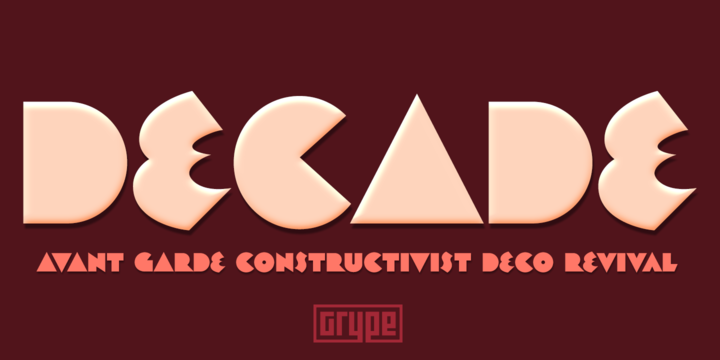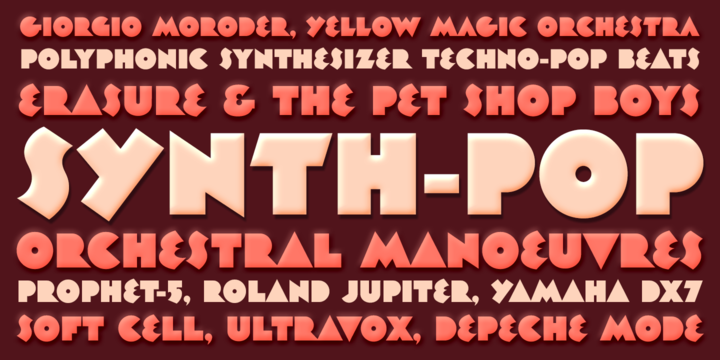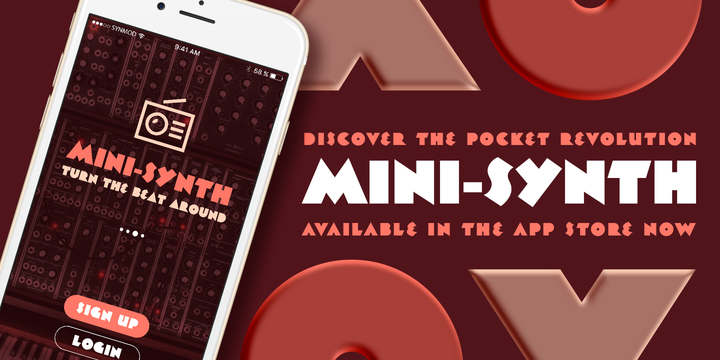
Straying outside of our usual logo driven typestyles, but remaining within typographic styles that have a strong brandable vibe to them comes our Decade font. Spawned from the 1938 book "Letters and Lettering" by Paul Carlyle and Guy Oring, this display style has been fleshed out into a full blown typeface, rich with a personality that evokes Art Deco and Jazz sensibility yet rooted in Russian Avant Garde Constructivism.
Decade has a constructivist feel, yet contains letterforms that take take its appeal to album covers, holiday cards, minimalist corporate branding, and beyond. It adopts a sturdy yet approachable style with its geometric forms and curves, creating a straightforward, powerful presence that creates a solid foundation for designers and design trends.
Here's what's included with the Decade typeface:
- 368 glyphs per style - including All Capitals, Numerals, Punctuation and an extensive character set that covers multilingual support of latin based languages. (see the 5th graphic for a preview of the characters included)
Here's why Decade is right for you:
- You're in need of geometric typestyle evocative of the Jazz Era
- You love that Constructivist look, but are seeking something "different"
- You're looking for an Art Deco Showcard style typeface.
- You're looking for a typeface with letter minimalist styled geometry.
- You just like to collect quality fonts to add to your design arsenal

